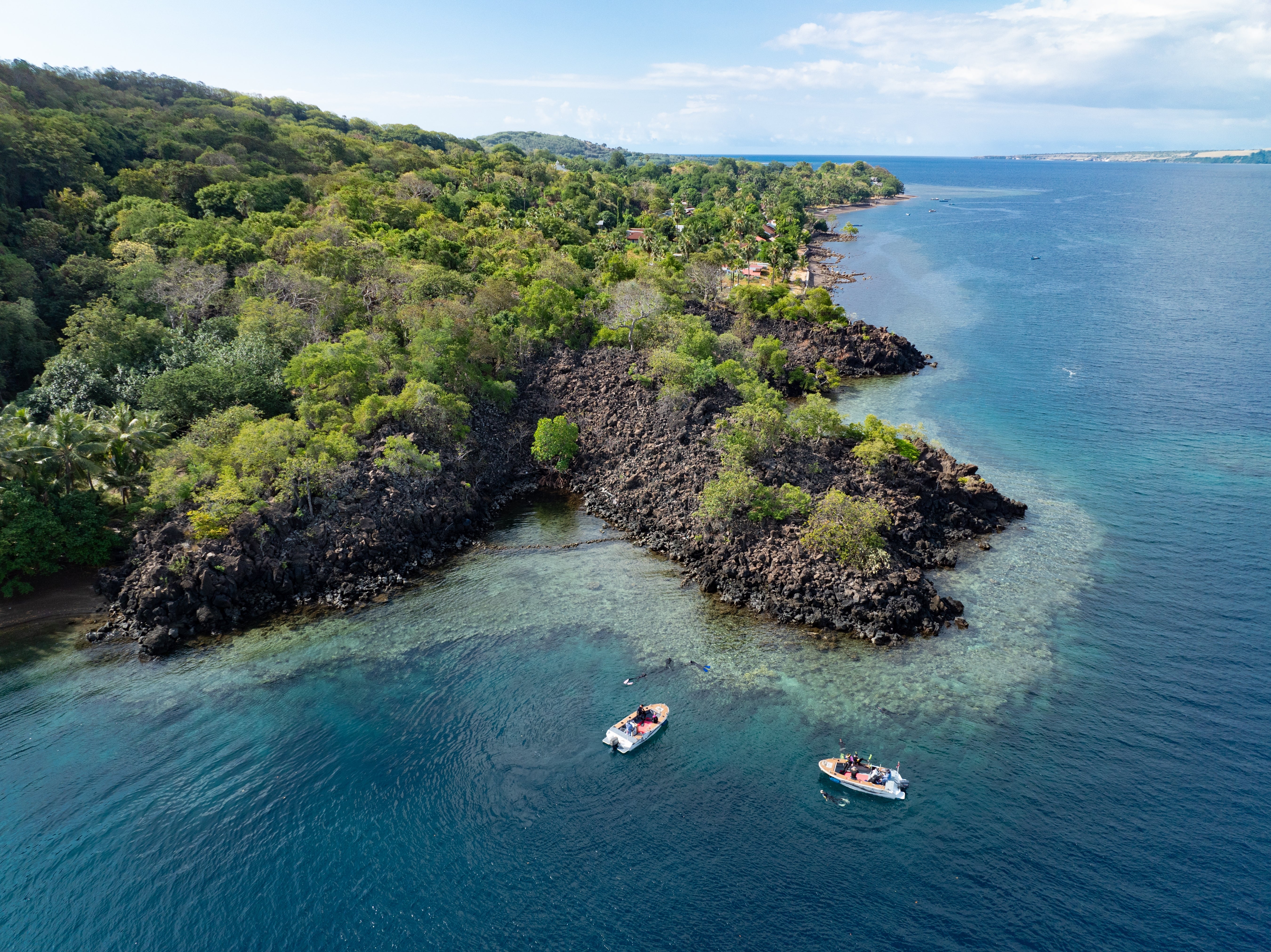We need to radically change the way we value nature and how we align finance with conservation goals. This was a headline message for the financial sector at COP16 - the UN Biodiversity Conference that recently welcomed global leaders in Cali, Colombia. Two years prior, COP15, hosted in Montreal, achieved defining action to halt and reverse nature loss through the adoption of the Kunming-Montreal Global Biodiversity Framework, while spotlighting the intersection of biodiversity and finance.
Since Montreal, the global community is starting to double-down on the notion that business and nature are inextricably linked. According to McKinsey, “100% of the economy is 100% dependent on nature, but not all of nature’s value is recognized in economic activity.” Scientists have put a $700 billion per year figure on the biodiversity finance gap, even though that number may represent a fraction of nature’s full investment needs.
The next frontier on the path to net zero is to fully integrate nature into business strategy, manage nature-related risks, and finance business models that foster economic growth and job creation while promoting biodiversity conservation and restoration. Put simply, aligning climate, nature, and prosperity.
Our three COP16 takeaways for how to best integrate nature propel us to COP29 where the agendas of biodiversity and climate converge around the coined “triple planetary crisis” that includes climate change, biodiversity loss, and pollution.
The first is a continued emphasis on combining and aligning the right financial solutions. At FinDev Canada one of our first transactions in 2019 was an investment in Eco Enterprises Fund III, a fund focused on nature-based solutions. We complemented our equity investment of nearly US$13 million with technical assistance to enable the fund manager to support biodiversity-based SMEs in the agriculture, agroforestry, and ecotourism sectors in Latin America and improve their risk management capacity – a unique use of two instruments and a specialized funding approach.
By COP16, we had also deployed tailored financial instruments to better support the blue economy, such as blue bonds. UN Sustainable Development Goal 14, "Life Below Water," is the least funded of the SDGs, and blue bonds will channel more capital to sectors like ecotourism in coastal areas, water treatment facilities, and sustainable seafood production, including fisheries. These ventures can generate financial returns and protect critical ecosystems.
FinDev Canada has participated, together with our partners IDB Invest, in two successful blue bonds with local banks in Costa Rica and Ecuador. Since financing smaller ticket sizes continues to be a challenge for lenders, the thematic bond model leverages local partners to identify nature finance projects at greater scale, catalyzing more funding towards activities that promote the sustainable management of natural resources, including marine ecosystems.
The second takeaway is a greater focus on integrating nature into business plans. While FinDev Canada was an early adopter of including “climate and nature” as part of our impact goals, we must develop more specific metrics tailored to nature impacts and dependencies to more systematically embed nature in our investment process. The Taskforce on Nature-related Financial Disclosures (TNFD) offers the private sector disclosure recommendations and guidance, and now the private sector must report and act on nature-related risks and opportunities.
Lastly is the notion that sticks in a bundle are unbreakable. The more public, private, and civil society partnerships, the more likely nature and business will thrive and lead the pathway to net zero. To achieve this outcome, nature-positive policies and regulations coupled with consumer demand and robust industry standards must further align. Cross-sector dialogue can bring diverse players together and share local know-how.
Nature finance is nascent, and we still have a long way to go to widely integrate the value of nature into business decision-making. While a growing set of private investors are now in the audience at events like COP16, their journey to financing nature-based solutions is still beginning. Development finance institutions must continue their push to enable the private sector to align finance with nature and biodiversity goals to create long-term value, and to make “climate and nature” targets and reporting core to the work.
“Making peace with nature is the defining task of the 21st century. Let us choose wisely,” said UN Secretary-General António Guterres in his COP16 closing last week.
In less than two years, we have begun to “choose wisely” and make measurable progress in the Biodiversity COPs. Now we want COP29 in Azerbaijan to be another space where more partners engage in strategic ways and tangible initiatives move forward that integrate nature and build the momentum to mobilize capital for future economic growth and prosperity.
